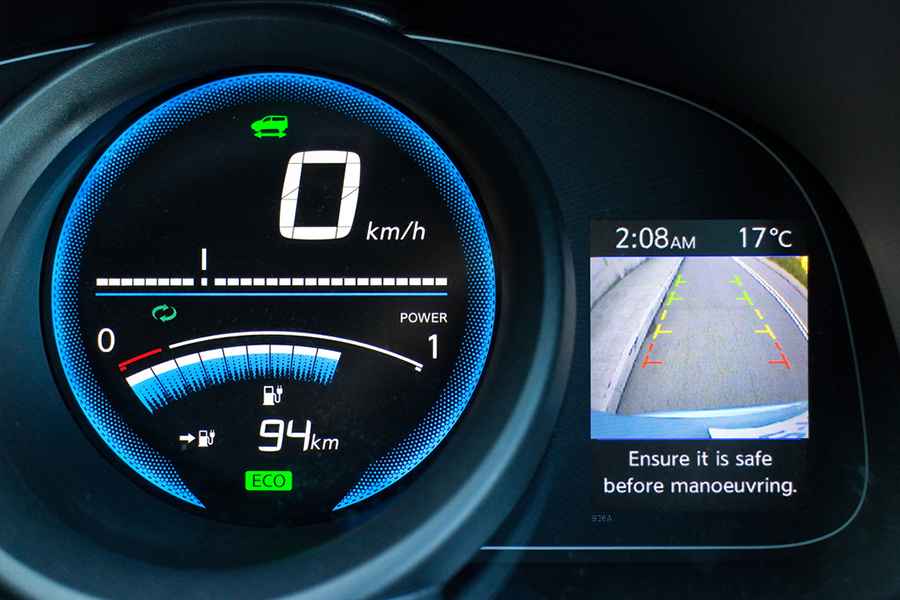5 Key Safety Features in Cars for Driving on Dangerous Roads
Road safety and automotive innovation are shaping the driving trends of today. Outdated vehicles and dangerous highways contribute to rising death rates on American roads. Poorly maintained roads increase accident risks and make it harder for drivers to maintain control. Rural roadways in the U.S. account for nearly 40% of all motor vehicle fatalities. Between 2016 and 2020, 85,002 people died on rural roads.

Rural roads are dangerous for several reasons:
- Higher speed limits lead to severe collisions on two-lane, curved roads.
- Rough, uneven surfaces and wet or icy conditions increase stopping distances.
- Blind curves, steep inclines, and unmarked entrances are hazards many drivers are unprepared for.
- Poor lighting, lack of guardrails, potholes, and narrow shoulders make driving at night more dangerous.
Safety advancements in modern vehicles are significantly reducing the risk of serious crashes and injuries, with some features cutting these risks by up to 53%.
Advanced Driver Assist Systems (ADAS)
ADAS provides predictive braking, lane-departure assistance, and adaptive cruise control based on traffic conditions and vehicle distance. It uses a suite of technologies, including Lidar, Radar, cameras, and sensors, to enhance safety for drivers, passengers, and pedestrians.
ADAS currently has six levels of autonomous driving capabilities. At higher levels, it can manage acceleration, braking, and steering under certain conditions. Notable features include:
- LIDAR – Scans the road ahead for obstructions.
- Road Wetness Sensors – Measure water levels on the road.
- Redundancy Systems – Provide backup control for steering and acceleration.
Anti-Lock Braking Systems (ABS)
Developed to prevent wheel lock-up during hard braking, ABS became mandatory on all U.S. vehicles after 2012. Sensors detect when a wheel is about to lock and rapidly adjust brake pressure, allowing the driver to maintain steering control.
ABS is especially valuable on wet or slippery roads, where it improves traction and reduces skidding.
Electronic Stability Control (ESC)
ESC helps maintain vehicle stability by detecting loss of control, skidding, or oversteering. It automatically adjusts throttle and brakes to bring the vehicle back under control.
According to the NHTSA, ESC reduces involvement in single-vehicle crashes by 41%.
Traction Control System (TCS)
TCS stabilizes a vehicle when one wheel loses grip on snow, ice, or wet roads. It applies brake pressure to the slipping wheel and reduces engine power to restore stability.
While highly effective, TCS should be used alongside appropriate tires for the conditions, as it can be less effective in snow, mud, or sand.
Tire Pressure Monitoring System (TPMS)
TPMS measures tire air pressure and alerts the driver when it drops below safe levels. There are two types:
- Direct TPMS – Uses sensors inside the tires to send data to the vehicle’s computer.
- Indirect TPMS – Uses existing wheel and traction sensors to estimate pressure.
Maintaining proper tire pressure improves safety, fuel efficiency, and tire lifespan, while reducing the risk of blowouts.
The Benefits of Car Safety Features
The future of vehicle safety lies in more advanced integration of these systems. ABS may evolve to work seamlessly with all-wheel drive platforms. ESC could see expanded use in all weather conditions. TCS may become highly customizable, especially in electric vehicles, while TPMS may be built directly into the tire with wireless communication.
Smart safety technology is no longer optional — it is transforming the driving experience and making roads safer for everyone.
Image credit: Depositphotos